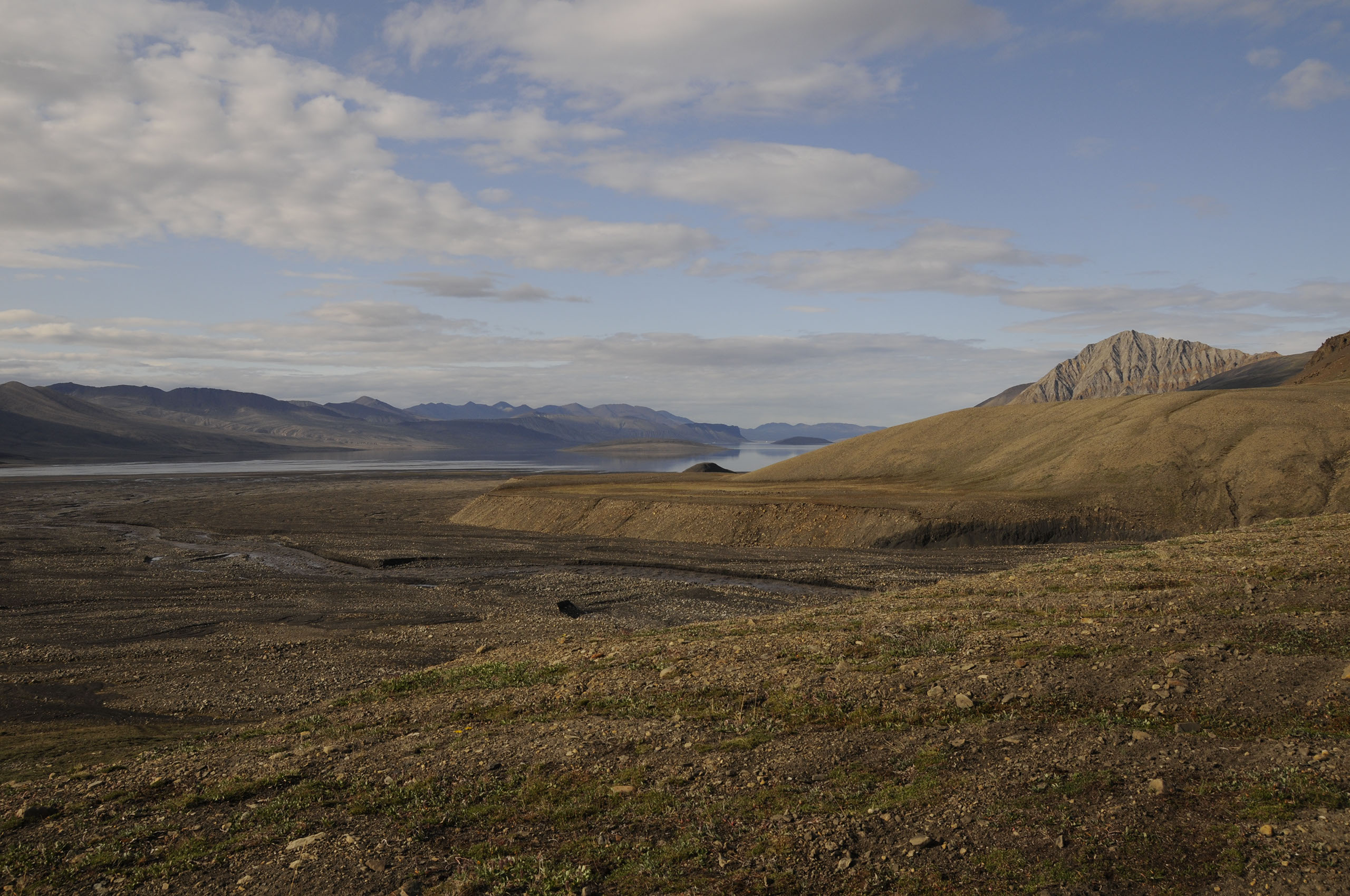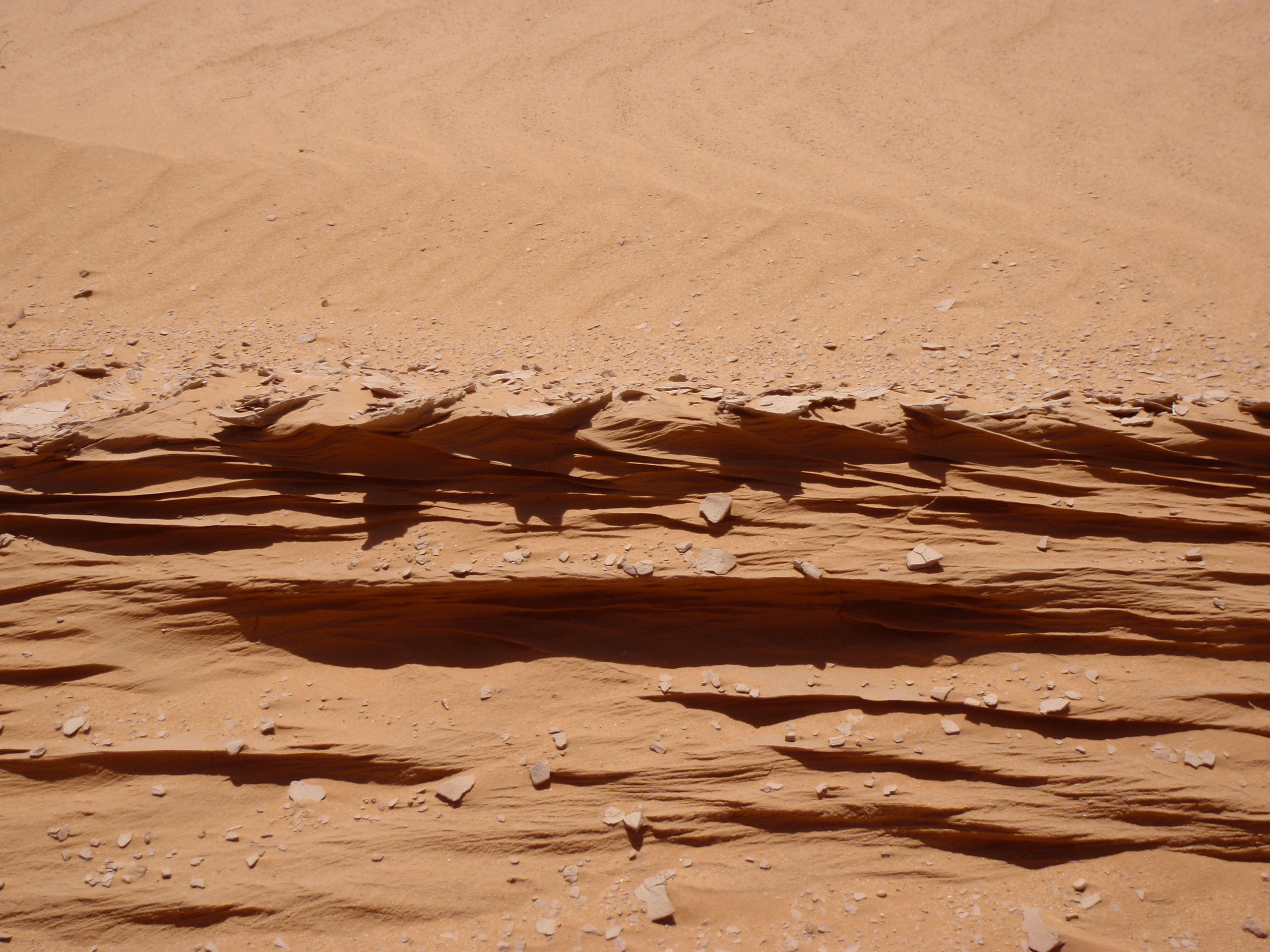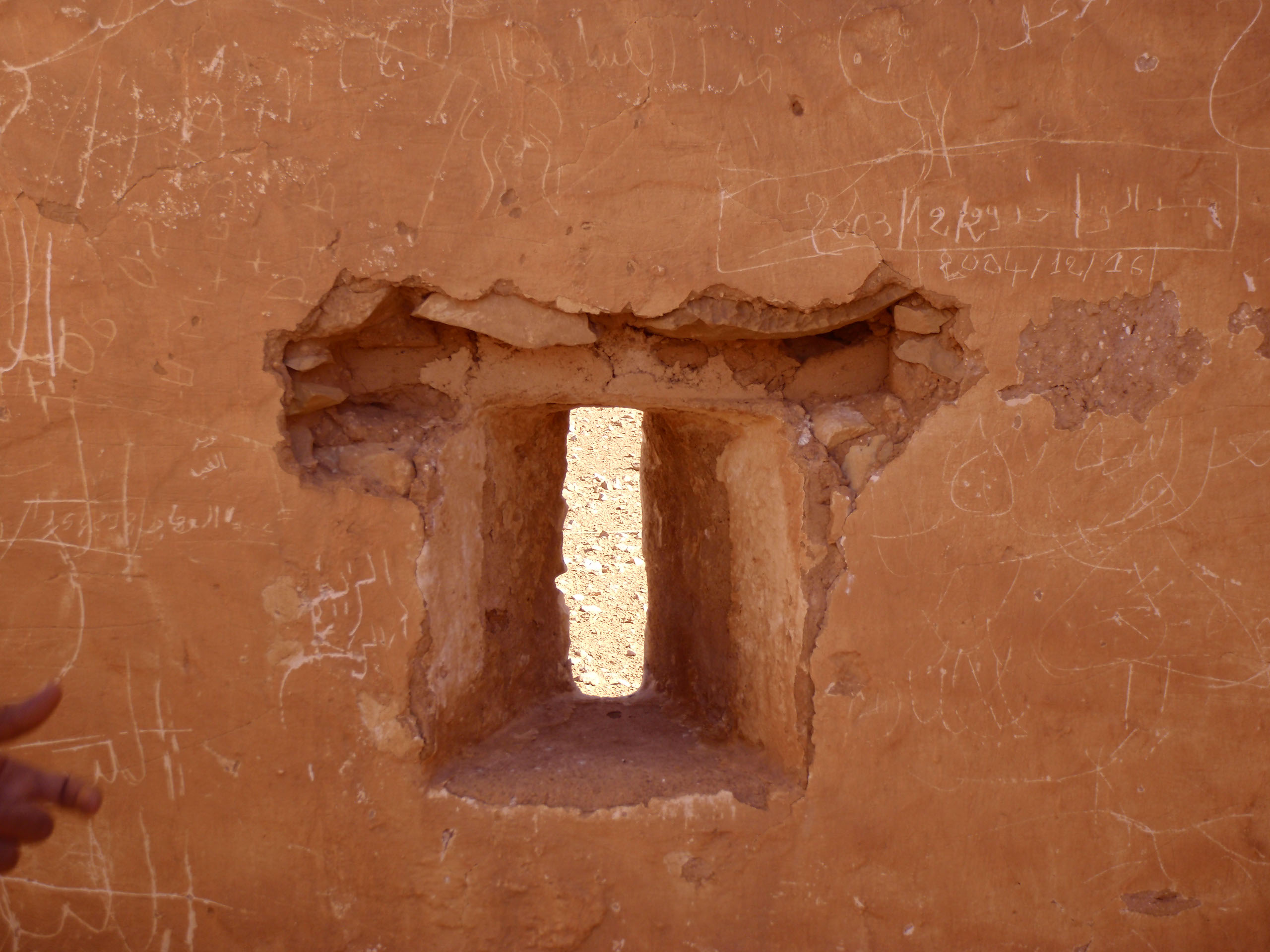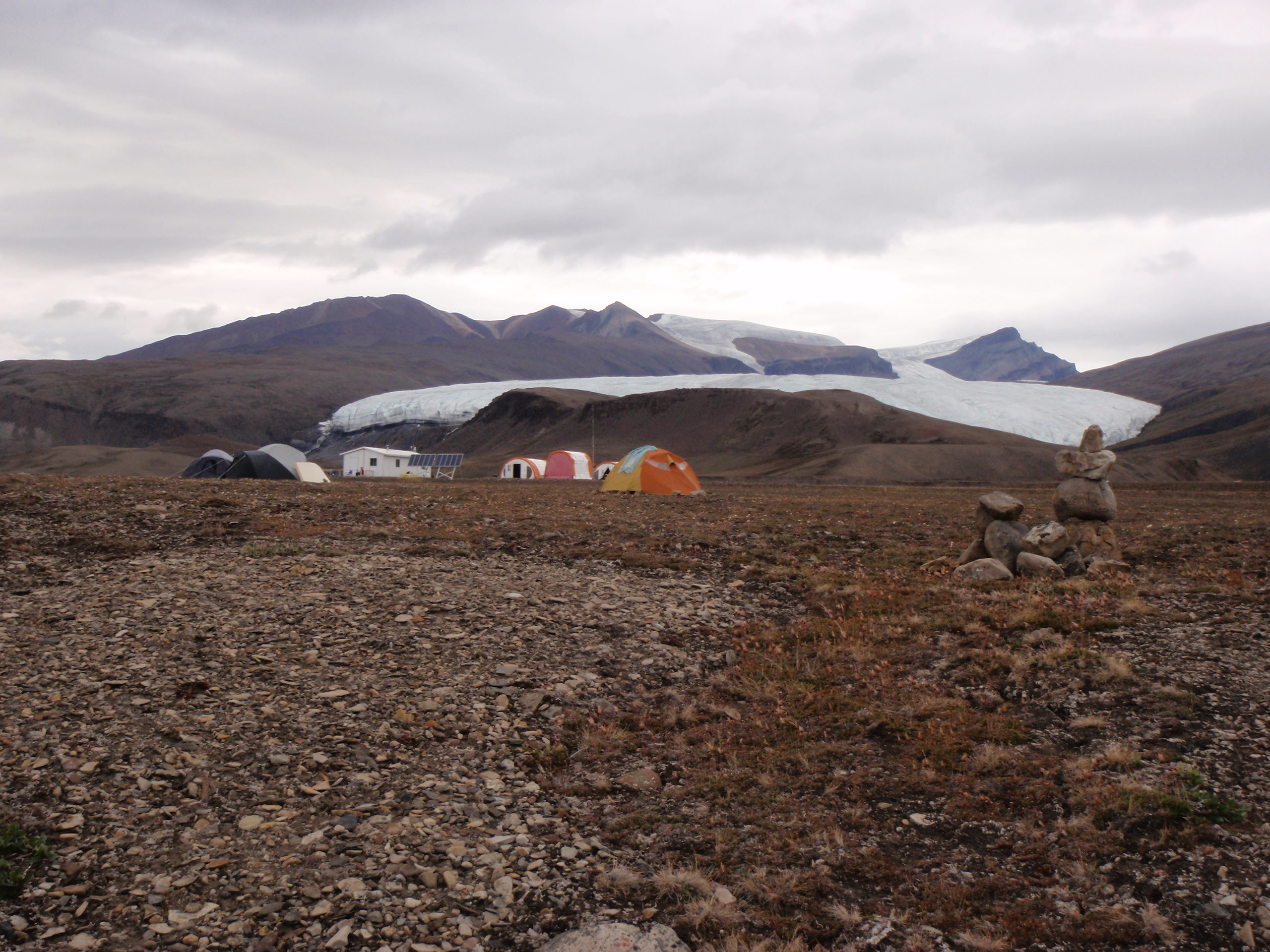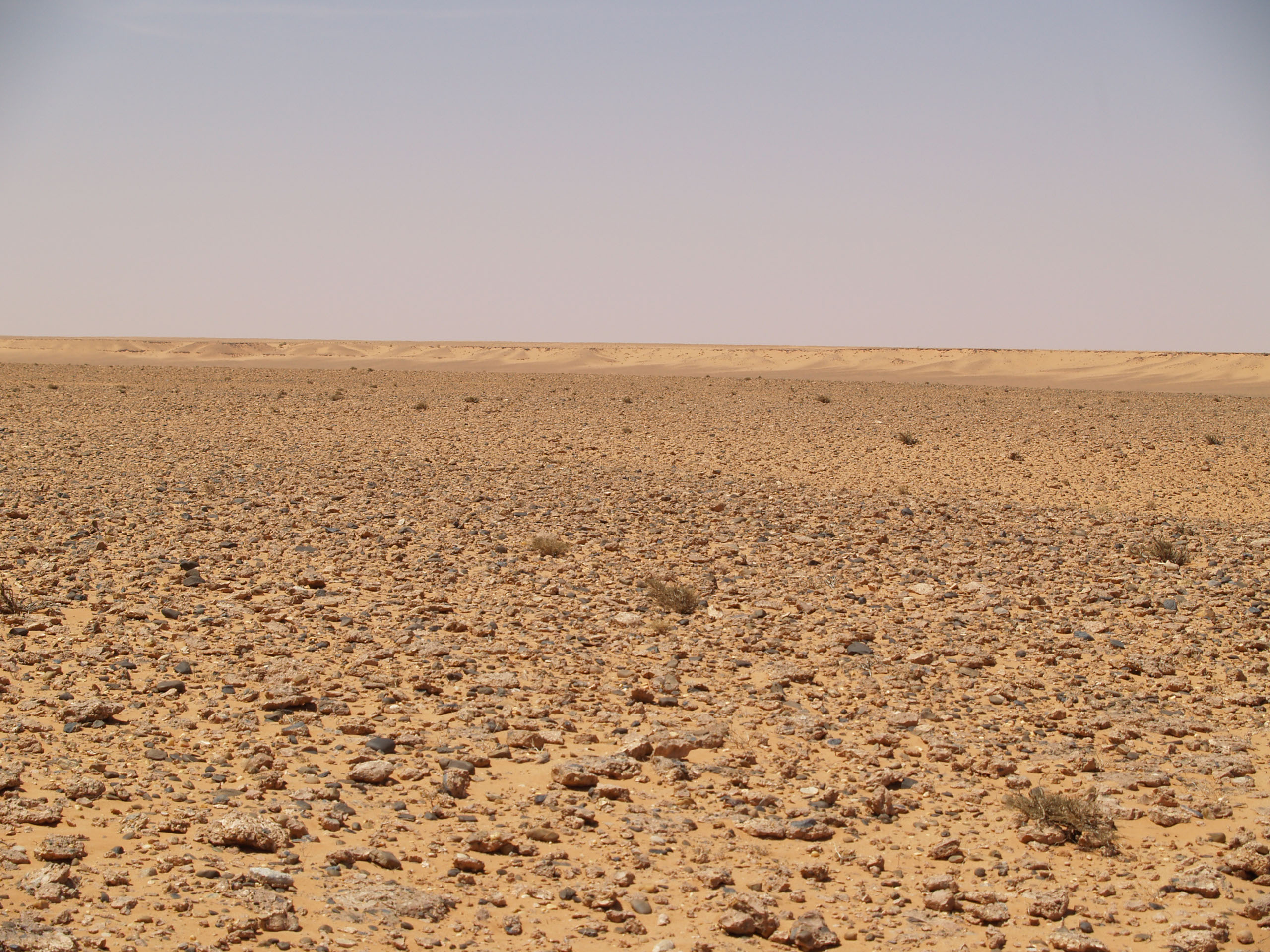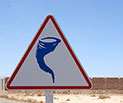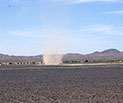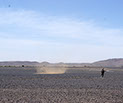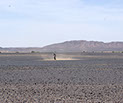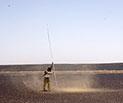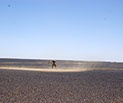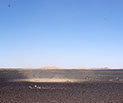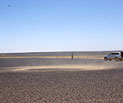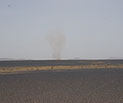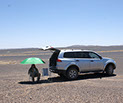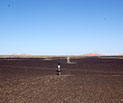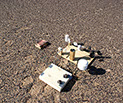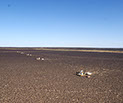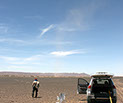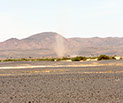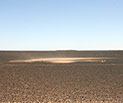Dust devils and dustless convective vortices are common on Earth and Mars
Dennis Reiss, Institut für Planetologie, Westfälische Wilhelms-Universität, Münster, Germany
Jan Raack, Department of Physical Science, The Open University, Milton Keynes UK
Dust devils significantly contribute to dust entrainment into the atmosphere in Mars, replenishing the background atmospheric dust haze. Vertical convective vortices (dust devils and dustless vortices) on the Martian surface were detected by meteorological instruments on landers or rovers (e.g., Viking Landers 1 and 2, Pathfinder, Phoenix, and Curiosity). In general, convective vortices passing over, near, or at some distance of the meteorological instruments can cause a decrease in pressure, increase in temperature, horizontal and vertical wind speed, and changes in wind direction. However, without the knowledge of additional direct observations (e.g., by imaging) it is difficult to re-calculate if the pressure drop was caused by a convective vortices directly passing over the instrument (lander/rover) or at some distance. This lack of definition regarding the distance causes large uncertainties in the identification of convective vortices and the calculation of convective vortices frequencies at the landing sites on Mars. In addition, the unknown miss distance leads also to uncertainties whether the pressure drop detected was caused by convective vortices or other phenomena as, for example, wind gusts. We set up a linear array of 5 or more stations, each station logging simultaneously horizontal wind speed, vertical wind speed, wind direction, pressure, temperature, solar irradiation, magnetic field, and sound level at a high sampling rate of 4 Hz combined with direct observations of the study area by 2 time lapse cameras with an imaging rate of 1 Hz in the Zagora region (Morocco). The aim of the study is to obtain a comprehensive quantitative dataset of convective vortex signatures which will help to interpret data obtained by past lander/rover missions, the upcoming ExoMars and InSight landing missions as well as future missions on Mars.

© Copyright IbnBattutaCentre/IRSPS
The material of this website cannot be reproduced without permission of IbnBattutaCentre and IRSPS

